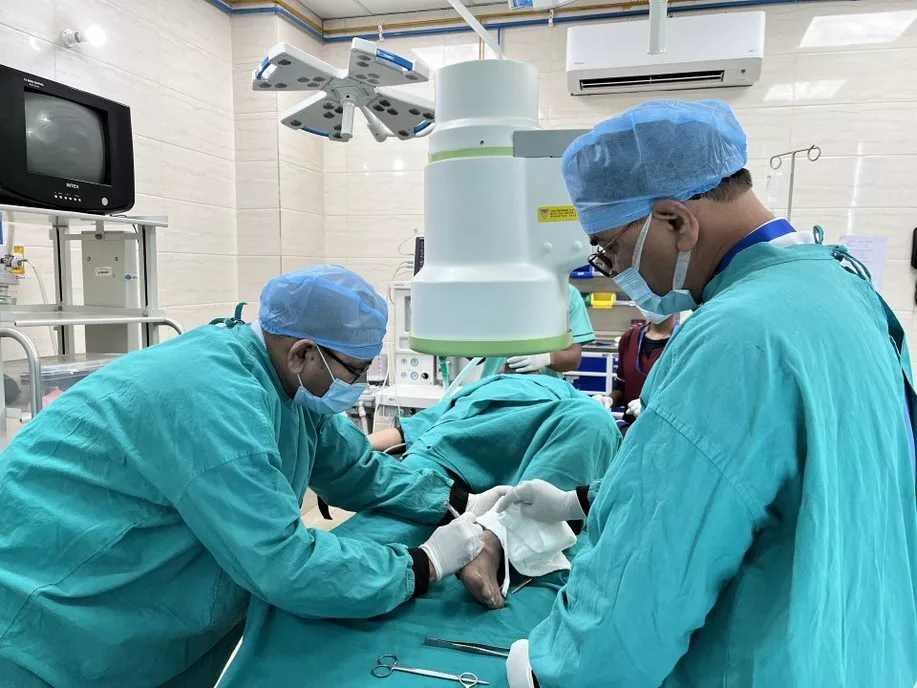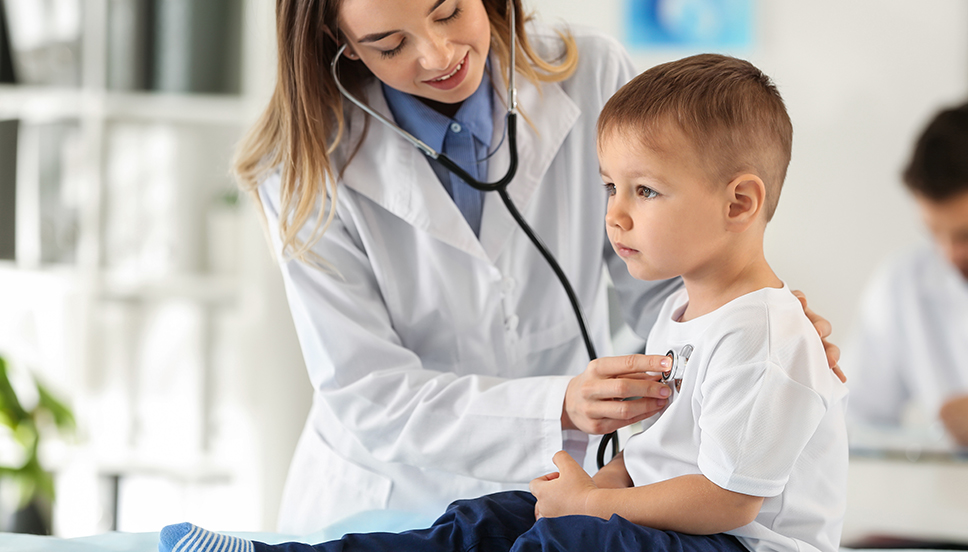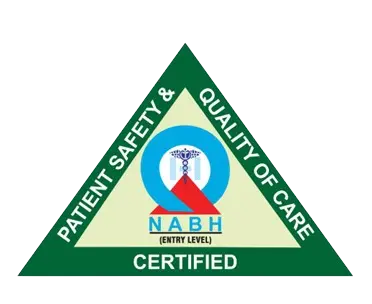
Department of Anaesthesiology and Critical Care
Anaesthesiology and Critical Care department at Criticare Hospital is one of the most advanced and innovative departments amongst the hospitals in Lucknow. Anaesthesiology is the lifeline of ultramodern hospitals. Croaker Anaesthesiologists manage Perioperative surgical care. The department provides wide variety of support to other specialties.
WHY choose CRITICARE?
Department of Anaesthesiology and critical care manages a ultramodern, well equipped and state of the art Operation theatre complex that includes Operation theatres, surgical recovery and Surgical Intensive Care Unit conforming of over 30 beds.
CLINICAL DIVISIONS
- Adult Anaesthesiology
- Paediatric Anaesthesiology
- Cardiac Anaesthesiology
- Neuro anaesthesiology and Neurocritical Care
- Perioperative surgical home for common relief surgeries.
- Obstetric Anaesthesiology and Labour analgesia
- Regional Anaesthesiology and Acute pain operation services
- Anaesthesiology at remote locales
Ferocious CARE UNITS
- Adult Post surgical ferocious care unit
- Neurosciences critical care Unit
- Post cardiovascular surgery critical care unit( CVTS)
- Adult ferocious care unit( MICU)
- Post anaesthesia care unit( Recovery)
Anaesthesia & Intensive Care
Anesthesiologists have become increasingly important to running of any hospital. They contribute significantly to the medical activity from basic sciences to clinical & fundamental research. Their knowledge of basic & advanced Physiology, Cardiology, Pulmonology, Pharmacology, Resuscitation & Intensive Care ensures this pivotal position.
Beyond Your Expect
Certified by Quality
100% Satisfaction
Beyond Your Expect

Certified by Quality

100% Satisfaction

What is done to achieve regional anesthesia?
For operations to be done in mid or lower abdomen & lower limbs, local anesthetic drug can be injected into the back bone. This keeps the patient conscious, breathing on his own & able to talk to his doctor. At the same time his operation can be done without any pain or feeling.
Usually ,the patient is made unconscious by a combination of drugs injected in the vein & gases given by mask & anaesthesia machine. Usually, patient has to be given muscle relaxation by using muscle relaxant drugs. This necessitates that, patient’s respiration needs to be given artificially by the ventilator attached to anesthesia machine or mechanically by hand, for this purpose a breathing tube needs to be inserted into patient’s wind pipe (trachea). At the end of operation, these drugs are reversed using specific antidotes.
Nearly impossible, once in tens of thousands of cases. Usually such a case is having extensive, uncontrolled medical disease, besides the problem which needs operation, usually this patient has come unprepared in the emergency. Usually, the risks are explained to attendants & their consent regarding the risks to the patient’s life is taken.
Anaesthesia is highly specialized procedure which entails three main activities.
- To produce & later on reverse the anesthesia.
- To avoid & treat any threats to patient’s well being ( including his life) during & sometime after anaesthesia.
- To control/treat associated medical diseases (like hypertension, angina, asthma, drug allergies, fits, diabetes, loss of blood etc.) during the anesthesia & for sometime after anesthesia. Anesthesia can thus be a complex combination of many medical activities being done at the same time. It is very important to know before hand, the patient’s general medical condition before an operation is done. It is important to know the risks to the patients health (&life) that can threaten him during and after the operation. These knowledge’s are acquired by anesthesiologist by doing examination & testing of the patient. Before he is actually anesthetized. PAC is a detailed medical, surgical, laboratory & radiological evaluation of patient’s condition. No trial of anesthesia is given during the PAC.

